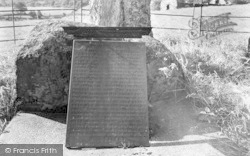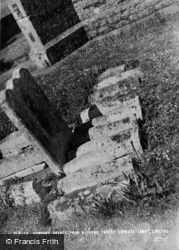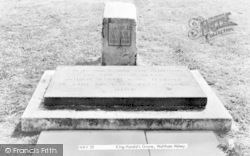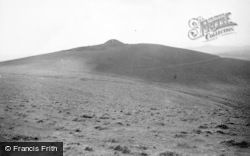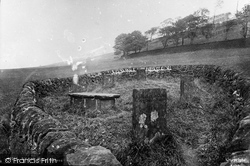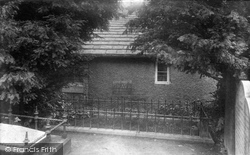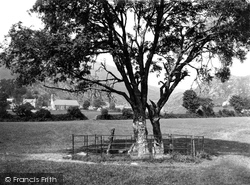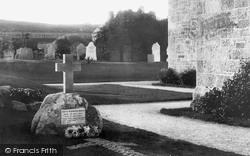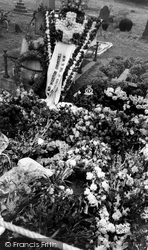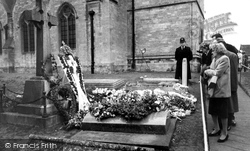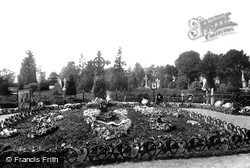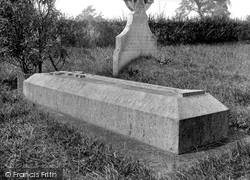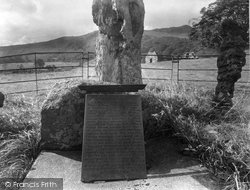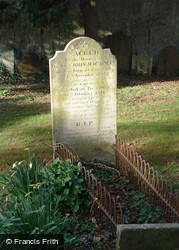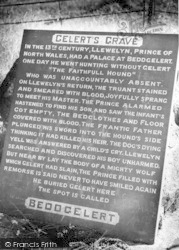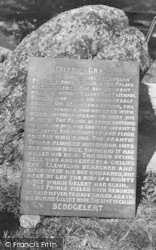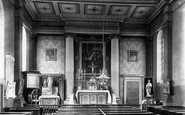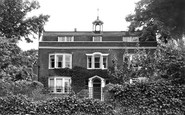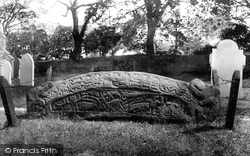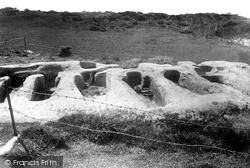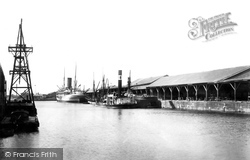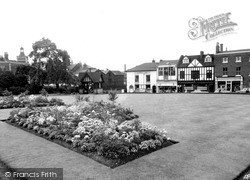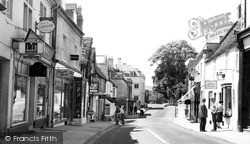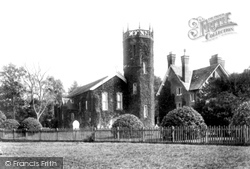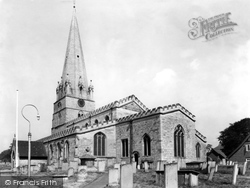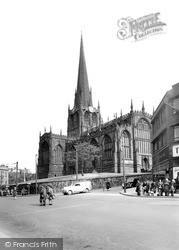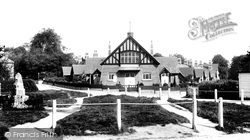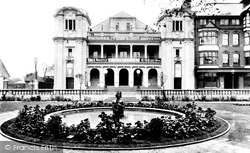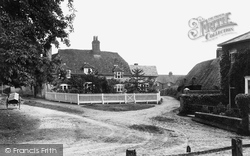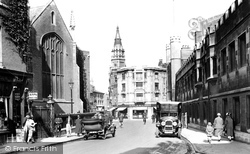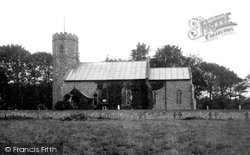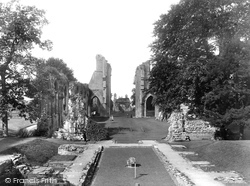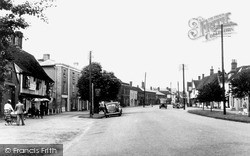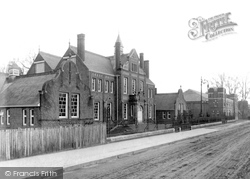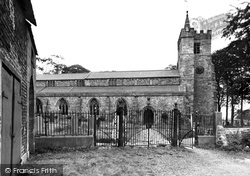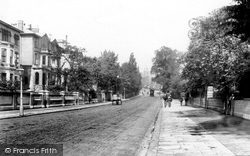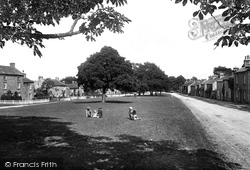Places
1 places found.
Those places high-lighted have photos. All locations may have maps, books and memories.
Photos
128 photos found. Showing results 81 to 100.
Maps
222 maps found.
Books
1 books found. Showing results 97 to 1.
Memories
531 memories found. Showing results 41 to 50.
A Lost Childhood
My beloved late mum grew up and lived in the stunning village of Rode, way back in the late thirties I think. Sadly she's gone now, and I wish I had written down more of her memories of Rode. Her family name was Humphries, and she ...Read more
A memory of Rode by
Sunny 1950''s Sunday Mornings
I have many memories about the old St Mary's Church. Until I started thinking of them I realised that I have not got one involving a rainy day apart from when my Grandad was buried in the churchyard. He was ...Read more
A memory of Clayton-Le-Moors in 1954 by
Going To Junior School In Radcliff On Trent In 1960
My dad was in the Canadian Air Force (RCAF) stationed in Langar (born in England though) but my family lived at 16 Douglas Close just outside Radcliffe. I remember walking daily to ...Read more
A memory of Radcliffe on Trent in 1960 by
School At Burslem Junior Tech
I lived in Blythe Bridge and travelled to school at the Burslem Junior Technical College in Moorland Road, Burslem over a period between 1943 to 1945. The journey by train on the old loop line was a lot of fun. I ...Read more
A memory of Burslem in 1944 by
The War Years
I was born in Ryde in 1938 and when war broke out, my mother and myself moved in with my grandparents, Laurence and Lucy Stroud (nee Meecham) into what is now Wellwood Grange but in those days was just Wellwood. It was the home of ...Read more
A memory of Binstead by
James Joseph Irvine (Autobiography) 1911 1990
Stretching over about a mile on the A68 road to Edinburgh from Darlington, lies the small mining town of Tow Law. Approaching it from Elm Park Road Ends, on a clear day, as you pass the various openings ...Read more
A memory of Tow Law in 1930 by
Eastwood Nottinghamshire
I lived with my grandmother (Elizabeth Jones), mother and sister at 72 Church Street Eastwood until I was about 7 years old (1956). My grandmother owned 4 (possibly 5) cottages in a row (ours being number 72) in Church ...Read more
A memory of Eastwood in 1954 by
Old School
Gad's Hill Place was my school when I was 7-9 years old, from about 1950-1953. About 4 or 5 girls of similar ages lived on Thames Sailing Barges at Hoo and went to school together, sometimes by car, but usualy by bus. I don't ...Read more
A memory of Rochester in 1951
The Roxy
Saturday mornings at The Roxy, Barkerend Road, Bradford were a magical event in the lives of 8 year olds plus in the 1950's. The film breaking down which it did every week to the sounds of a hundred kids stamping and yelling and ...Read more
A memory of Bradford in 1953 by
Racing At Stapleford Tawney
I was born in Chingford prior to the Second World War. In the early 1950s I became an avid cyclist and participated in several massed start cycle races on Stapleford Tawney aerodrome. If I remember right there ...Read more
A memory of Stapleford Tawney in 1953 by
Captions
197 captions found. Showing results 97 to 120.
This stone, which marked the grave of a Viking warrior, was his resting spot for over 1,000 years: it is from the 10th century.
St Chad's Church in Farndon is one of the few that still carries out a rush-bearing ceremony each year: fresh rushes are brought into the church, and also laid on the paths and graves outside.
These six ancient graves hewn from solid rock close to the chapel of St Patrick lie on the impressive Heysham headland.
The Royal Edward dock had a water area of 25 acres and a graving dock 875ft in length.
There are few graves here, although headstones hidden amongst the shrubs on the left remind churchgoers that this was once a graveyard too.
Kenelm's death made his grave second only to Thomas Becket's as a site of pilgrimage during the Middle Ages, and Winchcombe one of the region's earliest tourist centres.
In the churchyard stands the grave of Henry Boswell, a gypsy king, who boasted that he lived through the reign of three Georges and that he knew every road in the land.
A grave near the fence commemorates Harold and Mary Worth, killed by enemy action on 23 December 1940 at Acton Farm.
An Anglo-Saxon settlement grew up around the chapel on the site of the grave of Edwin, King of Northumberland. He had been killed at the Battle of Heathfield in AD633.
The churchyard contained 1800 graves; it was closed in 1854, with many of the stones being removed in 1932 and 1950 during the creation of All Saints' Square.
During the building of the Channel Tunnel Rail Link, numerous graves of Saxon warriors were found; some of the warriors still clasped swords in their hands.
In 1914 the Palladium was offering a picture show every afternoon and George Graves & Co twice nightly.
Nearby lies the churchyard; here we can find the grave of James Parker, who was brutally murdered outside the village in 1886.
On the other side of the road is the church of St Andrew the Great, which contains a monument to the explorer Captain Cook, along with the graves of his widow and two sons, the younger of whom attended
On the other side of the road is the church of St Andrew the Great, which contains a monument to the explorer Captain Cook, along with the graves of his widow and two sons, the younger of whom attended
The old church tower, along with the old graves, was left on the cliff top.
The 'discovery' of King Arthur and Queen Guinevere's graves in the 12th century, and the legend of Joseph of Arimathea, Christ's uncle, founding the first Christian church in England were powerful
In the churchyard lies the grave of Maria Rathbone, a little girl who died having lost her way home, and whose body was recovered several weeks later as the result of a dream by a stranger.
Many of their cast-iron grave markers can be seen in the churchyard.
Now demolished, its site is occupied by the Commonwealth War Graves Commission headquarters of 1974. Stanley Spencer, from nearby Cookham, studied art at the Technical Institute.
In the churchyard are a number of interesting graves, including those of a medieval knight and of one of the Young Pretender's soldiers.
It has suffered gravely since being declared redundant in 1977, and is boarded up at the time of writing. The church is included in English Heritage's Register of Buildings at Risk in Greater London.
In the Farmery Mine a disaster in 1820 killed 20 men - their graves are in the churchyard.
At one time the churchyard wall decayed, rainwater washed the soil away from the graves, and bones were taken down the hill, even into the water.
Places (1)
Photos (128)
Memories (531)
Books (1)
Maps (222)


